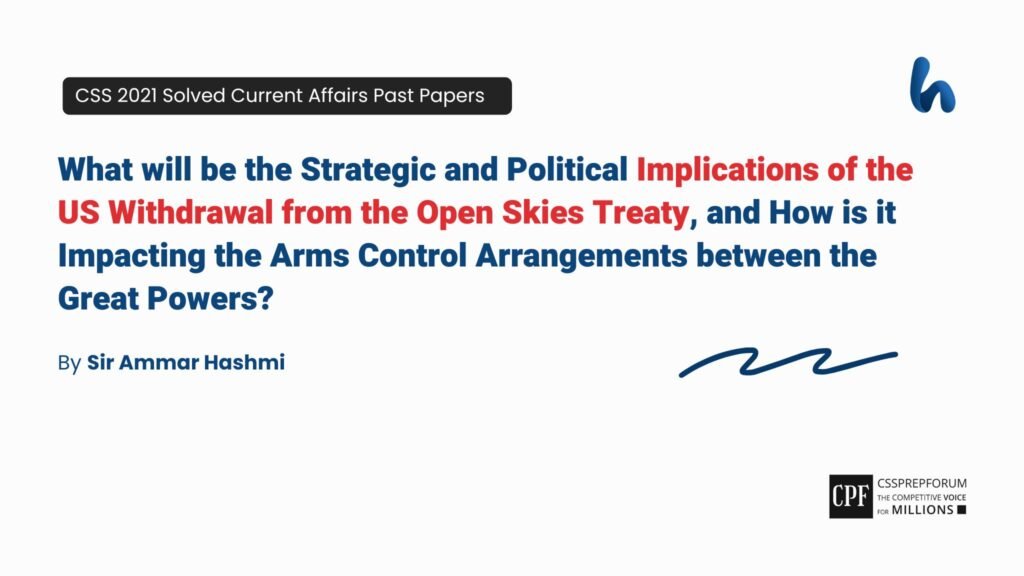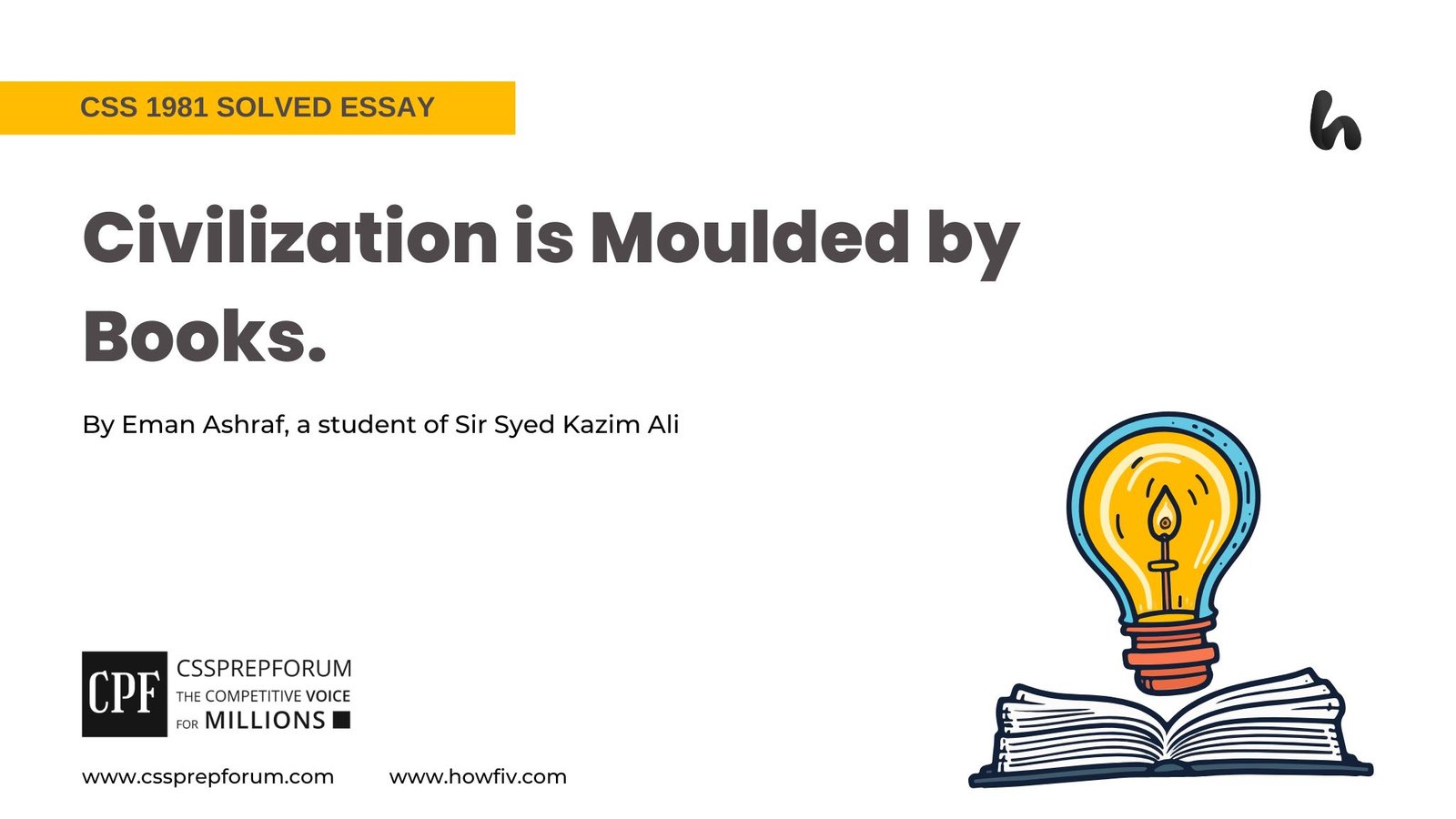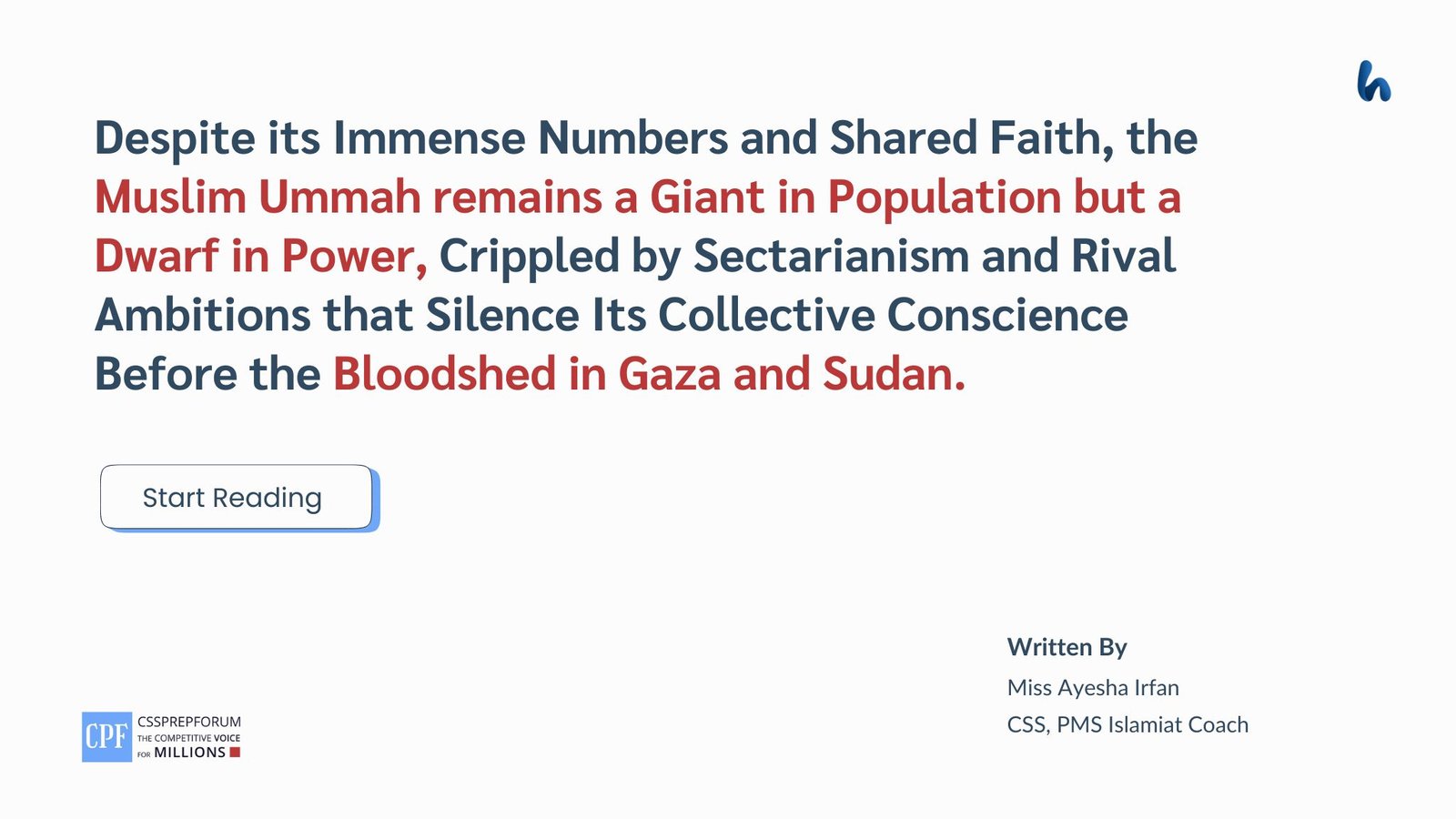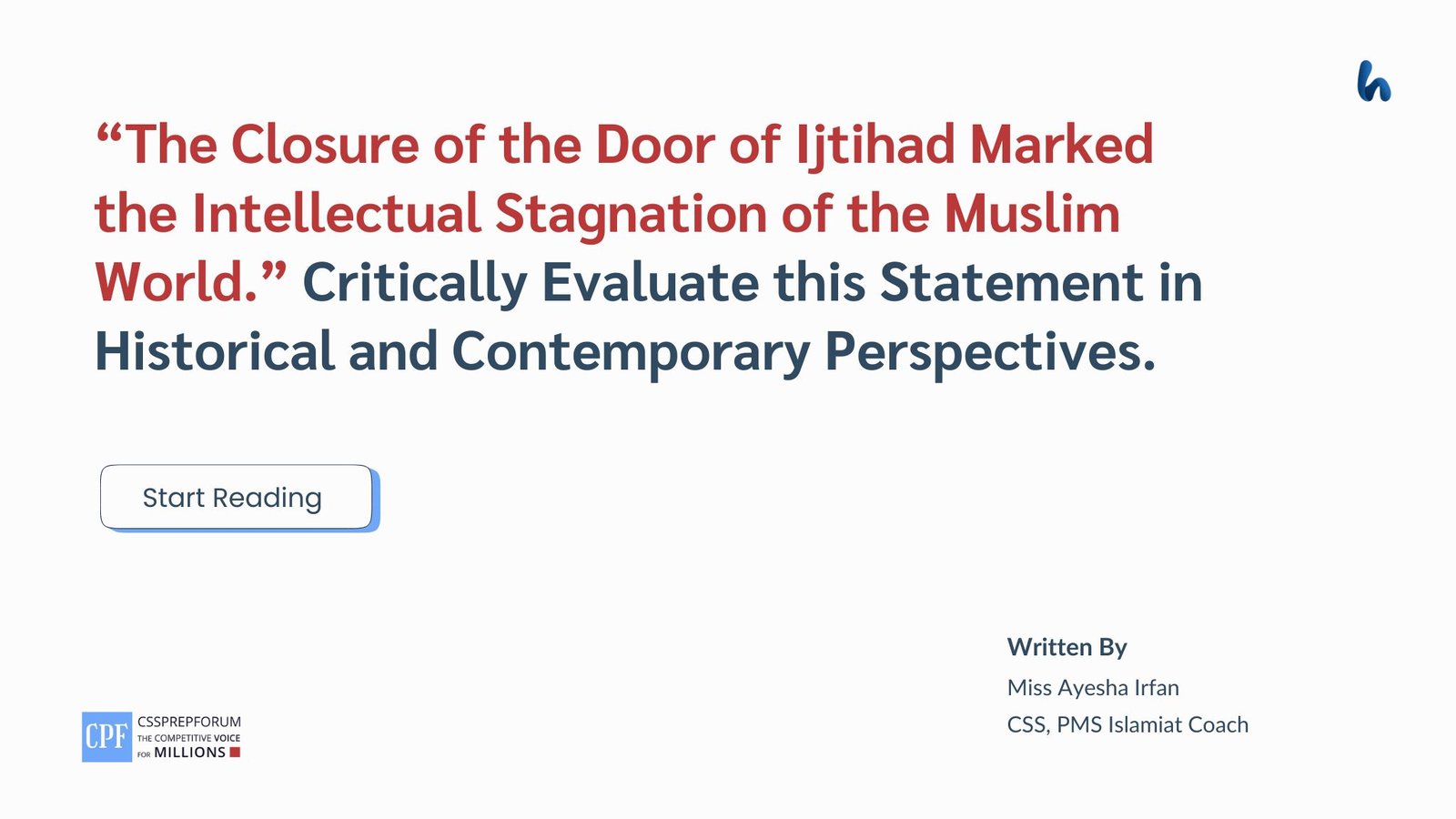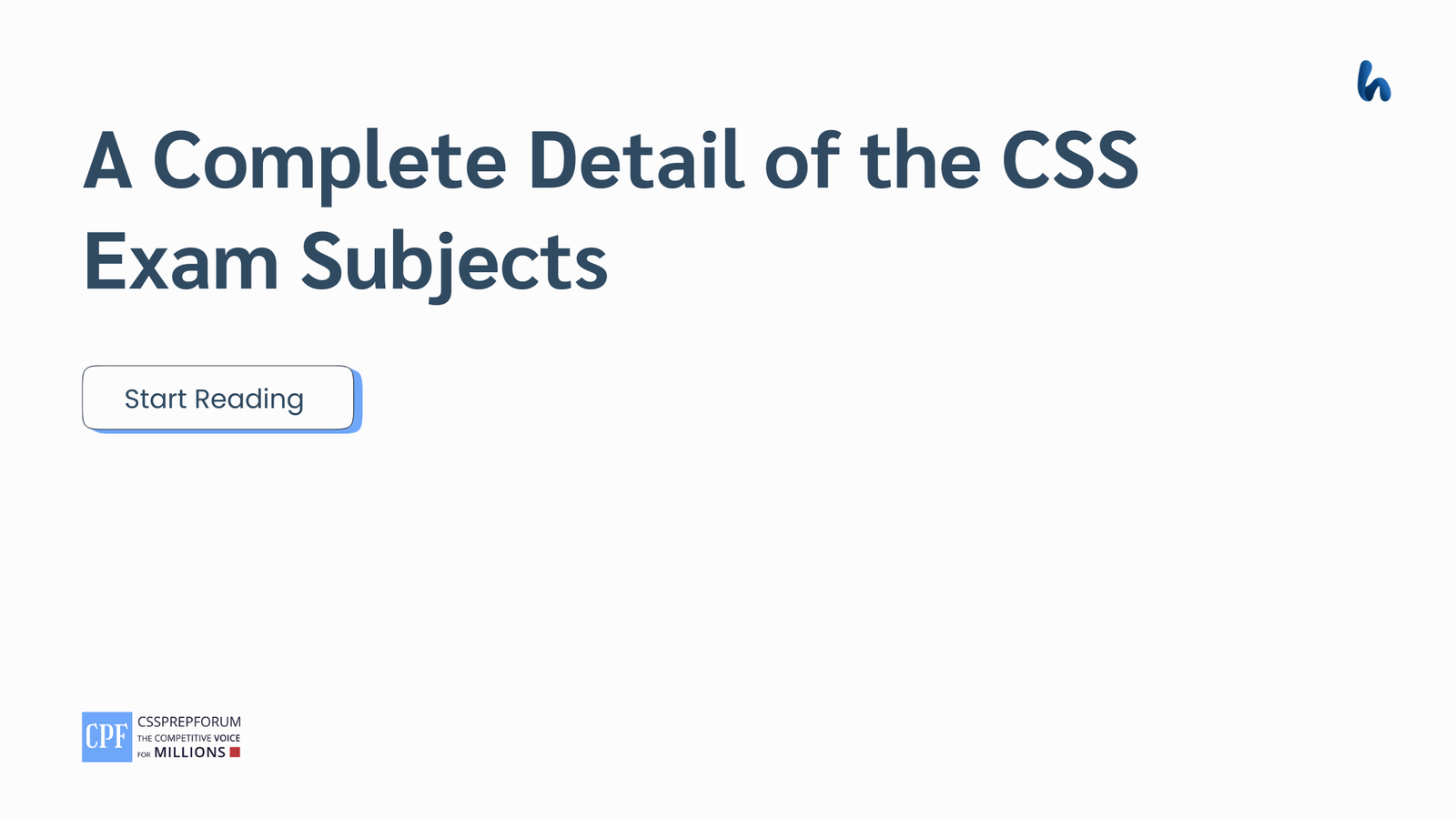CSS 2021 Solved Current Affairs Past Papers | The US Withdrawal From the Open Skies Treaty
The following question of CSS Current Affairs 2021 is solved by Sir Ammar Hashmi, the best Current Affairs Coach, on the guided pattern of Sir Syed Kazim Ali, which he taught to his students, scoring the highest marks in compulsory subjects for years. This solved past paper question is uploaded to help aspirants understand how to crack a topic or question, how to write relevantly, what coherence is, and how to include and connect ideas, opinions, and suggestions to score the maximum.

Question Breakdown
This question has two parts. The first part requires the explanation of strategic and political implications of the us withdrawal from the open skies treaty, and the second part requires its impacts on the arms control arrangement between the great powers.
Outline
1-Introduction
2-An overview of the Open Skies Treaty
3-Reason for US Withdrawal
4-Political Implications of Withdrawal
- ✓Russia’s Withdrawal from the Open Skies Treaty
- ✓Declination the Us-Russia Relations
5-Strategic Implications
- ✓Erosion of Arms Control
- ✓Destabilize European Security
6-Impacts on Arms Control Arrangements between Great Powers
- ✓USA
- ✓Russia
- ✓European Union
7-Conclusion

Answer to the Question
Introduction
The recent withdrawal of the United States from another arms control treaty, the Open Skies Treaty, raises questions about international security, the security dilemma, and security. This treaty ensured peace and built trust among member countries over military capabilities. The withdrawal had drastic political and strategic implications, as right before the US, Russia, one of the key members, had also left the treaty, deteriorating the relations between major powers. It could further lead to arms races among major countries such as Russia, China, and the USA. Furthermore, it is deteriorating the arms arrangement in the European Union, escalating the security threat in Europe. Ultimately, it could create a security dilemma in the same situation as during major wars.
An Overview of the Open Skies Treaty
The treaty was first negotiated by President George H.W. Bush in 1992 after the collapse of the Soviet Union. It went into effect in 2002, a decade after it was signed. The Open Skies Treaty is an arms control treaty with 34 members, including the USA, Russia, Canada, and European Union countries. It allows its member countries to conduct a certain number of surveillance flights over another member country’s airspace to ensure the nuclear activities in the country, and the information gathered by one country must be shared with other members. This pact primarily aimed to build trust and confidence among the member countries.
Reason For the US Withdrawal
Trump has decided to withdraw from the landmark treaty because the US accuses Russia of breaching its commitments to the treaty. Notably, the USA claims that Russia has denied it permission to surveillance Russia and alleges that Russia is indulging in modernizing its military capabilities, which is totally against the rules of the treaty.
Political Implications of the US Withdrawal From The Open Skies Treaty
- Russia’s Withdrawal From The Open Skies Treaty
After the United States ‘ withdrawal, Russia decided to withdraw from the Open Skies treaty. This decision comes after the breakdown of arms agreements in the wake of the Ukraine invasion, as nuclear tensions continue to rise. Russia has indicated that there are now zero chances of engaging with the USA in arms control discussions, citing US support for Ukraine as a major obstacle.
- Declination Of The Us-Russia Relations
The withdrawal of the U.S. and Russia from the Open Skies Treaty would further strain relations between the two major powers, as this treaty served to build confidence between the two. However, this withdrawal is ending with mistrust between the two, as both claim they are increasing military capabilities. Expansion of NATO and conventional weaponry are major threats perceived by Russia from the U.S. On the contrary, the U.S. perceives the primary danger from Russia to be the modernization of its nuclear weapons, its attack on the American system of government, and the invasion of neighbouring countries. However, this treaty’s termination would strain the relationship between the two by not having arms control agreements and fostering mistrust in the wake of withdrawal from the Open Skies Treaty.
Strategic Implications of the UU Withdrawal From The Open Skies Treaty
- The Erosion of Arms Control:
Apart from conventional arms control, the Open Skies Treaty ensured trust-building among the member countries. The withdrawal of both major powers, Russia and the U.S., from the treaty is triggering the building of military power in the wake of the withdrawal, as the Open Skies Treaty allowed members to fly surveillance missions. Additionally, it is a setback to transparency in Europe, as it has been argued that current political leaders are unaware of the arms race and security threat.
- Destabilizing European Security:
The withdrawal of both major powers, the U.S. and Russia, from the Open Skies Treaty would likely destabilize the security dilemma in Europe, as the hallmark of this withdrawal would lead to an arms race in Europe. Apparently, until today, European security interests were driven by the arms control agreement between the two major powers. Nevertheless, the withdrawal of the agreement would destabilize security in Europe, as the halting of this agreement, along with the lighter stance on arms control, weakens European security and risks escalating war on European borders.
Effects On The Arms Control Arrangement Between The Great Powers
- USA
The US is pursuing an increase in its military capabilities. Contemporary U.S. nuclear weapons are more accurate. The U.S. has made incredible advancements in its strategic missile defence capabilities, such as testing an SM-3 Block IIA interceptor against an intercontinental ballistic missile (ICBM)-class target. This would further show its interest in deploying conventional land-based missiles near China, which would further escalate the arms race among major countries.
- Russia
Likewise, the US, Russia is modernizing its military capabilities. In the wake of the withdrawal from the Open Skies Treaty, having no surveillance over Russia gives it leverage to enhance its military capabilities. Nevertheless, Russia has fewer nuclear stockpiles than the U.S. Russia is modernizing its nuclear capabilities and military to counter its rivals, indicating a security dilemma. However, its military modernization aims to reform its armed forces and make it capable enough to deter its rivals.
- European Union:
The European Union countries are experiencing an arms race due to the withdrawal of major powers from arms control treaties. This has led to insecurity, lack of trust, and potential aggression in the European Union, specifically in the Balkan region. Moreover, Germany possesses a powerful missile, Taurus, which can travel up to 500km when launched from an aircraft, while Tomahawk missiles launched from ships have a range of approximately 2500km. As a response, European Union countries are in the process of drafting and deploying troops, stockpiling nuclear material, and aiming to establish themselves as a global military power. The European Union has also announced that any threat to their countries will be met with lethal consequences. There is a significant debate within the European Union, mainly centred around Germany, about pursuing a more robust military path to ensure security and defence policy.
Conclusion
In conclusion, arms agreements are made to build trust, ensure limits on nuclear capabilities, and allow surveillance among the countries so that they can ensure their counterparts also stick to their commitments. The suspension or termination of the Open Skies Treaty is another hallmark of the deterioration of arms control between the major powers, which had built confidence among the countries over the security dilemma and the modernization of arsenals. Nevertheless, it further escalates tensions among major powers, encourages an arms race, and increases security dilemmas among the major powers. This may further escalate the war between NATO and Russia.
CSS Solved Past Papers’ Essays
Looking for the last ten years of CSS and PMS Solved Essays and want to know how Sir Kazim’s students write and score the highest marks in the essays’ papers? Then, click on the CSS Solved Essays to start reading them.
CSS Solved Essays
CSS Solved General Science & Ability Past Papers
Want to read the last ten years’ General Science & Ability Solved Past Papers to learn how to attempt them and to score high? Let’s click on the link below to read them all freely. All past papers have been solved by Pakistan’s top CSS GSA coach having the highest score of their students.
General Science & Ability Solved Past Papers

